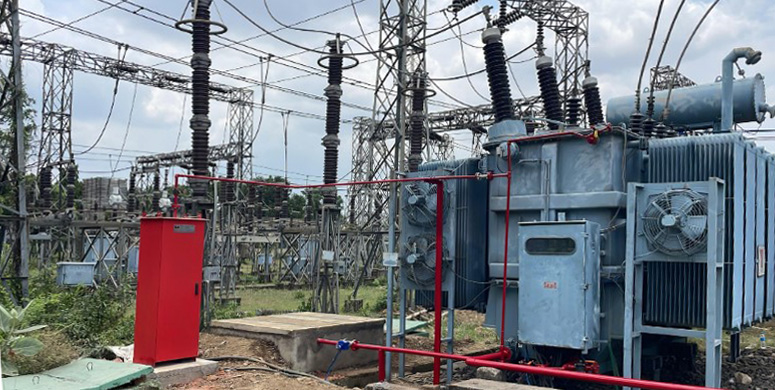Line Differential Protection
Before entering the topic of line differential protection, or simply differential protection of a transmission line, we shall first recall our concept of differential protection. Actually, the differential protection used for a transmission line is called line differential protection. We have already heard about the differential protection of transformers, busbars, etc. The same principle is … Read more

